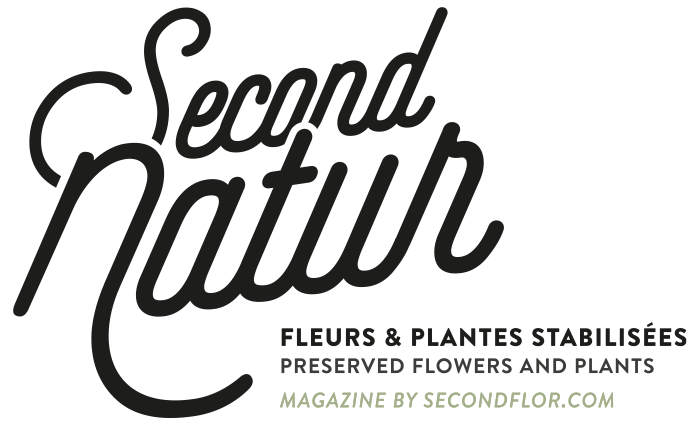There are two techniques to be distinguished when we talk about plant conservation: Stabilization and preservation. We take stock together and set things straight; -)
A matter of raw material
A fundamental difference between stabilization and preservation is the state of the raw material on which the preservation process is carried out:
In the case of stabilization, the process takes place on an ultra-fresh raw material. This is the guarantee of successful stabilisation. This process therefore takes place immediately after harvest.
Preservation is carried out on dry plants. The aim is to rehydrate the plant, to give it a certain suppleness and desired colour.
Differences in results
In spite of all this, some varieties, mainly small flowers, are fully stabilized : Thistle, Scabiosa, Statice, Broom, Gyspophile, Heather, Brunia albiflora, Diosma, Craspedia, Hydrangea, Goldenrod …
There are several ways to exploit flower heads :
The flowers can be stemmed using the cross wire technique or using flower holders.
The stem and head of the flower can also be reassembled as in the case of roses with stems. But this will be discussed in more detail in a future article.
In any case, preserved flowers are different from the fresh ones. So it works differently. Indeed, some florist techniques cannot be applied to preserved flowers. But its characteristics of flexibility and durability, push back the constraints of floral compositions and allow creations with infinite possibilities.

